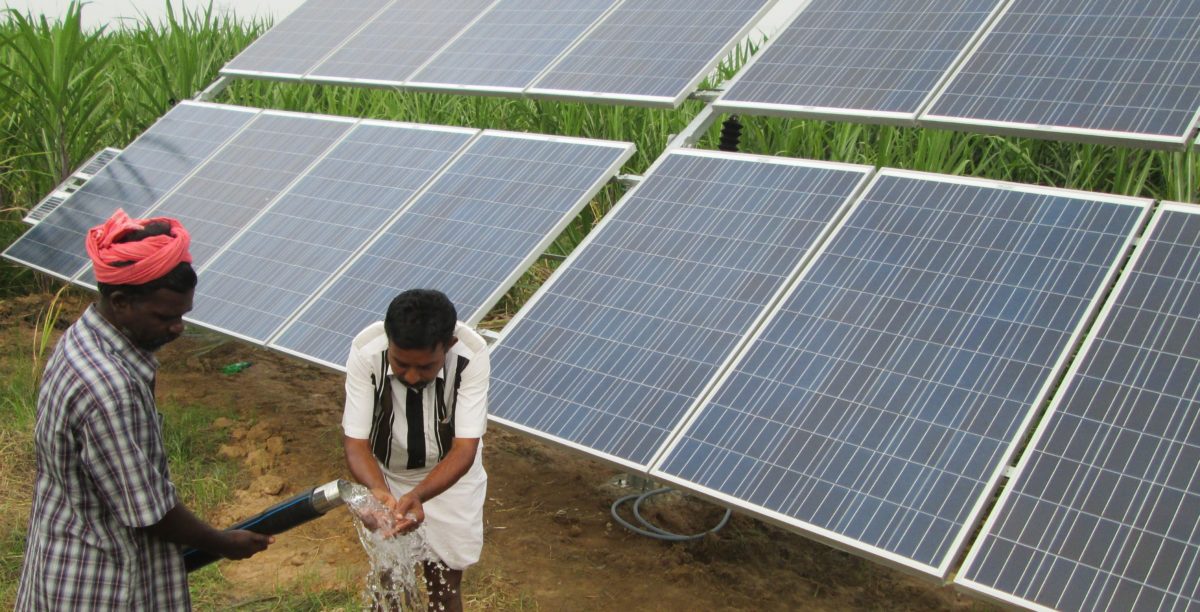A call for the Indian government to introduce safeguard duties on solar cell imports has been made by the Indian Solar Manufacturer’s Association (ISMA) on behalf of five Indian solar firms.
Indosolar, Jupiter Solar Power, Mundra Solar PV, Websol Energy Systems and Helios Photo Voltaic signed the application calling for the Directorate General of Safeguards (DGS) to take measures to protect the solar PV manufacturing landscape of India.
Their call is for solar cells that enter India – whether as standalone cells or incorporated into modules – to be subject to safeguard duties for a period of four years. Following the filing of the application, the DGS has said that “it has been found that prima facie” imported solar cells are causing harm to domestic manufacturers. “Accordingly, it has been decided to initiate an investigation,” added the DGS.
A probe will begin based on data submitted by the applicants that comprises their own production capacities between 2014 and up to September this year, as well as relevant import data. The DGS’ period of investigation will cover the years between 2014 and through to early 2018 to accurately assess whether duties should be introduced.
Unlike the anti-dumping investigation against solar components from China, Taiwan and Malaysia, these proposed safeguard duties (which are a WTO-recognized temporary measure designed to ringfence industry for a short period of time) would apply to all imports of solar cells, no matter their country of origin. However, given that China accounts for more than 85% of India’s PV imports, any decision to levy tariffs would impact Chinese firms mostly.
It is estimated that solar cell imports into India rose from 1,275 MW in 2014-15 to more than 9 GW this year. Despite the Indian government actively seeking to boost its domestic solar industry, Indian firms’ market share has remained stubbornly low despite soaring installation growth in the past 24 months. In 2014-15, domestic cell production was a mere 246 MW, rising to a still-modest 1,164 MW this year.
Earlier this month, details of a $1.7 billion solar manufacturing scheme were revealed.
India’s government plans to auction an additional 20 GW of solar capacity by March 2018, with an additional 30 GW for the next two fiscal years. These capacities should propel India to its 100 GW of PV by 2022 goal, building upon the current installed base of 15 GW.
This content is protected by copyright and may not be reused. If you want to cooperate with us and would like to reuse some of our content, please contact: editors@pv-magazine.com.








By submitting this form you agree to pv magazine using your data for the purposes of publishing your comment.
Your personal data will only be disclosed or otherwise transmitted to third parties for the purposes of spam filtering or if this is necessary for technical maintenance of the website. Any other transfer to third parties will not take place unless this is justified on the basis of applicable data protection regulations or if pv magazine is legally obliged to do so.
You may revoke this consent at any time with effect for the future, in which case your personal data will be deleted immediately. Otherwise, your data will be deleted if pv magazine has processed your request or the purpose of data storage is fulfilled.
Further information on data privacy can be found in our Data Protection Policy.